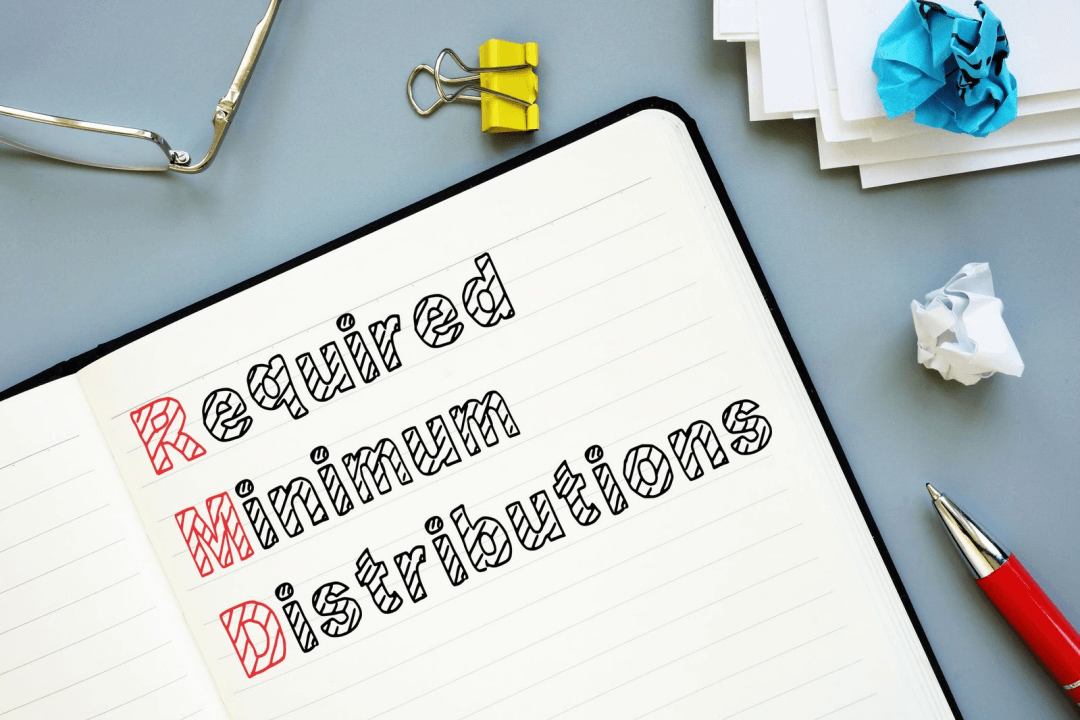Retirement planning plays a crucial role in having a sound financial plan. The earlier you start saving, the better your chances are of achieving a comfortable retirement. In 2023, there are several new retirement savings and tax rules from the Internal Revenue Service you may want to take advantage of if you haven’t yet. These could give you a big boost, whether in the form of a tax deduction, higher 401 k contribution limits, or something else. Here are the five important changes investors, professionals, and families should know.

1 – Income Brackets and Withholdings
At the beginning of the year, the Internal Revenue Service (IRS) implemented a series of changes that could greatly benefit taxpayers. If you’ve noticed an increase in your net pay since Jan. 1, you may already be reaping the rewards of the adjustments made to federal income tax brackets and standard deductions. Therefore, it’s essential to be aware of the adjustments made by the IRS to their tax tables.
These adjustments are designed to prevent “bracket creep,” which occurs when inflation elevates a taxpayer to a higher tax bracket, despite no real increase in their income. This year’s adjustments, in particular, will be impactful as inflation levels remain high after the COVID-19 pandemic. The roughly 7% rise in brackets means employers will withhold less for federal taxes, resulting in a bump in workers’ take-home pay. Understanding these adjustments and their effect on your paycheck is crucial to ensure you’re not missing out on any extra income you’re entitled to.
2- Increased Deductions
The tax deductions to lower your taxable income for 2023 are increasing, which is good news for taxpayers. While the full impact will not be felt until early next year when you file your 2023 taxes, the standard deduction increase will provide some relief. Married couples filing jointly can expect a standard deduction of $27,700, which is an increase of $1,800. For single taxpayers, the deduction will also go up, with an increase of $900, bringing the total to $13,850. These changes can help provide an upfront tax break for taxpayers and allow for more disposable income, especially with many relying on the additional money due to inflation. For homeowners and businesses alike, it’s important to stay on top of any updates from the IRS to ensure you’re taking advantage of all available deductions.

3 – Higher 401 k Contribution Limits
Retirement savers can now breathe a slight sigh of relief as the contribution limit for Roth IRAs and other retirement plans increased in 2023. The caps for employees participating in a 401(k) plan, 403(b), most 457 plans, and the federal government’s Thrift Savings Plan have all been raised by $2,000, bringing the total limit to $22,500.
Likewise, the annual contribution limit on an IRA or Roth IRA has increased to $6,500. Savers aged 50 and over can now contribute up to $7,500 in catch-up contributions. These new limits come as a welcome change for many Americans who have begun to realize the increasing need to save more for retirement. Having higher contribution limits for Roth IRAs, a 401 k or other retirement accounts will not only benefit many employees and soon-to-be-retirees, but it will provide a little more peace of mind for those planning ahead while giving their investments the opportunity to grow tax-deferred.
4 – Changes to Income Limits for Long-Term Capital Gains
As a savvy investor, staying up to date on changes to tax laws is crucial as they may impact your financial decisions. For example, it’s important to remember the IRS will take gains when it comes to selling assets for a profit share. However, you may be in luck with the changes to the income limits for the long-term capital gains tax rates.
Beginning in 2023, profitable assets held onto for over a year may now potentially be tax-free. Of course, this depends on overall income, but it could be a great opportunity to maximize investments while minimizing tax liability. Remember, consulting with a financial advisor or tax professional is important to ensure you make the best decisions for your unique situation.

5 – Required Minimum Distributions
In 2022, the Secure 2.0 Act brought some good news for taxpayers with a tax-deferred retirement account. With this act in place, investors have a little extra time before taking the required minimum distributions (RMDs). Previously, the age for mandatory RMDs was 72, but it has been increased by a year to 73, providing investors with an extended period for their accounts to grow.
Additionally, the mandatory age for RMDs will be further raised to 75 in the next decade. Furthermore, this act ends lifetime RMDs for Roth-designated accounts in an employer-sponsored plan. This begins January 1, 2024, but there are still stipulations. For example, for retirees who reach age 73 in 2023, Roth account RMDs must still be made by April 1, 2024.
With Roth employer plans RMDs being eliminated, owners will no longer need to take lifetime RMDs.
The Bottom Line
Staying current with the latest retirement savings and tax rules can be daunting, but it can play an important role in ensuring your financial future. The IRS’s announcement of these new rules for 2023 is a great example.
From increased contribution limits to flexible withdrawal rules, these changes can help you maximize your savings. If you have questions or need help creating a retirement plan that utilizes these new rules, consider talking to a financial advisor or working with a Planning Made Simple Coach who can help you understand how to make the most of your contribution limits, tax benefits, and make your retirement account work for you.
By taking the time to review your retirement plan with a Planning Made Simple Coach or a financial advisor, you can make any necessary adjustments that can make all the difference in your financial future. If you’re not already a member of Planning Made Simple, consider becoming one today.